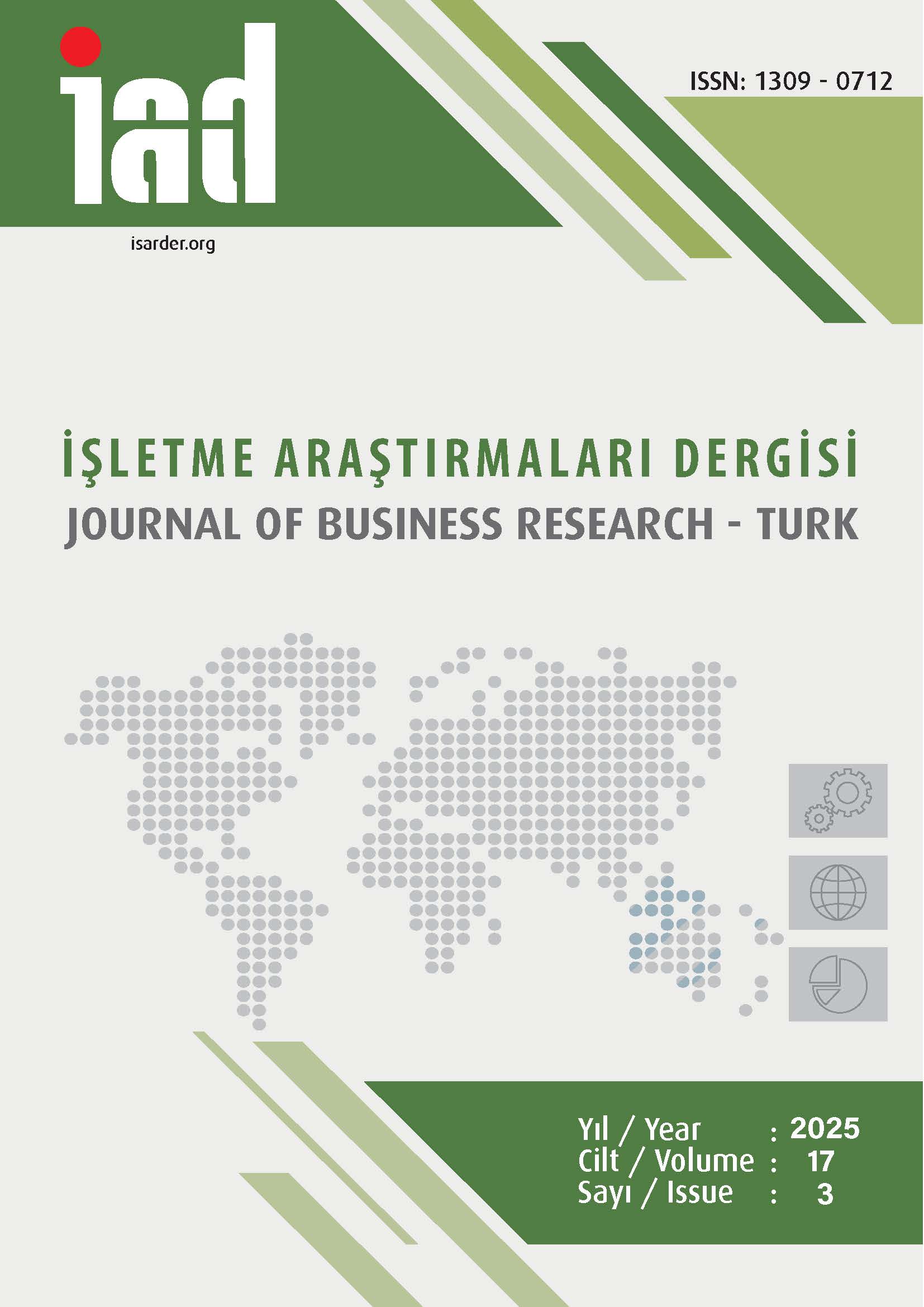Project Cycle Management of Canal İstanbul Project
DOI:
https://doi.org/10.20491/isarder.2025.2116Keywords:
Waterway, Canal İstanbul, Needs assessment and TürkiyeAbstract
Purpose – The purpose of this research is to analyse the economic impacts of the artificial waterway that will connect the Black Sea and the Marmara Sea.
Design/methodology/approach – Open-source data was used to examine the demand forecast and economic impacts of Canal Istanbul. The potential cost of the Canal was calculated using historical vessel traffic information on the Bosphorus, developments in international maritime transportation, and international comparisons. In addition, within the framework of the rights granted by the Montreux Convention, Turkey has the right to collect fees for lighthouses, rescue services, and pilotage services. The real value of these fees, which were calculated incorrectly in practice, was recalculated within the framework of the rules in the Montreux Convention.
Findings – In the Environmental Impact Assessment Report of Canal Istanbul, it is suggested that the number of vessels passing through the Bosphorus will increase. Historical data shows that the number of vessels passing has decreased. Indicators reflecting international vessel transportation show that there is no upward trend in maritime transportation. In addition, Canal Istanbul does not shorten distances, unlike artificial waterways around the world. In addition, the cost of Canal Istanbul calculated in this research is much higher than the cost values announced in official texts.
Discussion – The main rule of project cycle management requires a good needs analysis. The purpose and scope of the project should be clearly defined when performing a needs analysis. The purpose of the Canal Istanbul project is hardly understood from the statements made by the authorities and official texts. In the beginning, the authorities stated that the vessel traffic in the Bosphorus Strait has increased and that this will cause dangerous accident risks. They claimed that Canal Istanbul will reduce the traffic load on the Bosphorus. Contrary to the authorities' statements, official data show that the number of vessels passing through the Bosphorus Strait has been steadily decreasing. Canal Istanbul aims to achieve more than one goal at the same time. Therefore, a realistic cost calculation is not easy to be made. Consequently, the project is not economically efficient.
Downloads
Published
How to Cite
Issue
Section
License

This work is licensed under a Creative Commons Attribution-NoDerivatives 4.0 International License.





